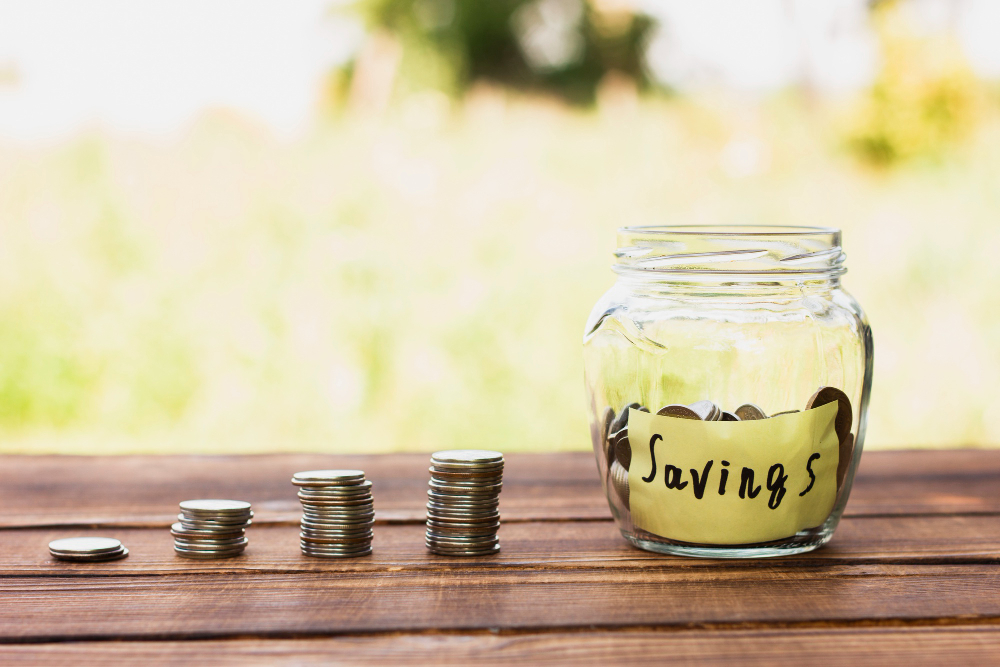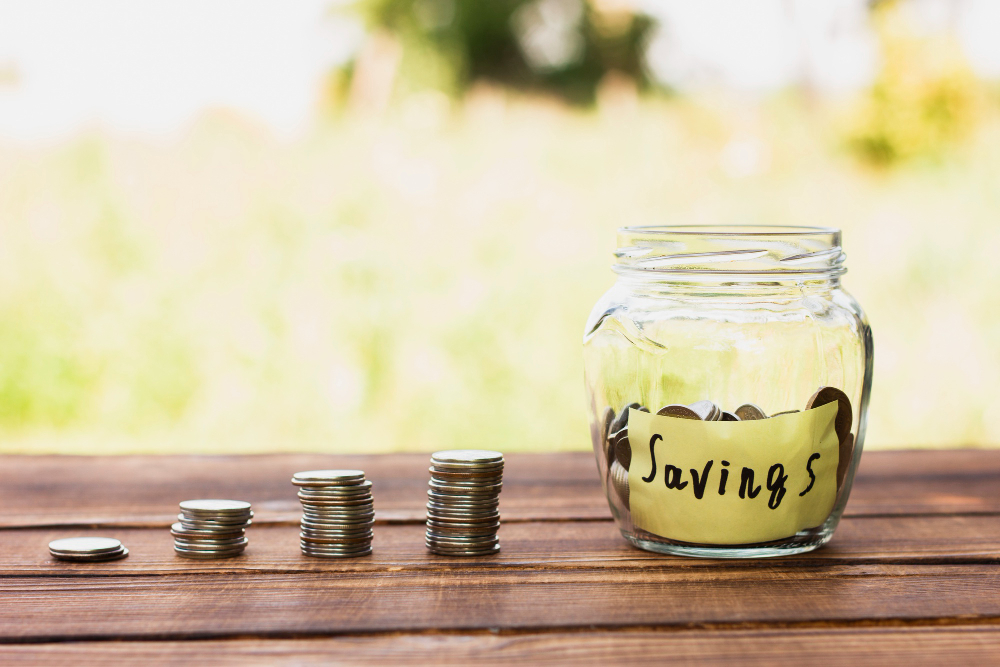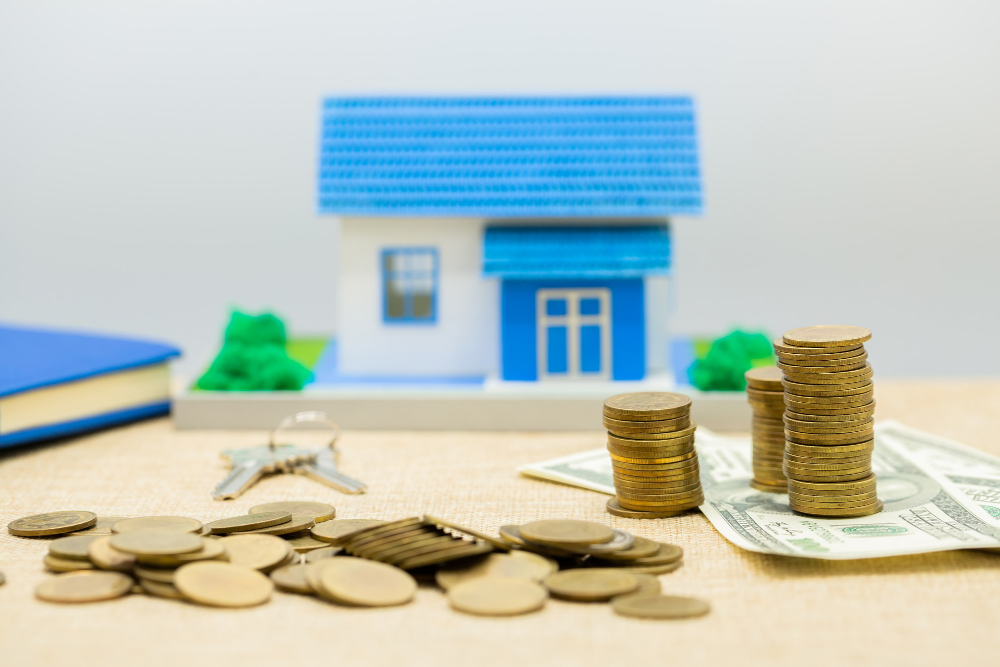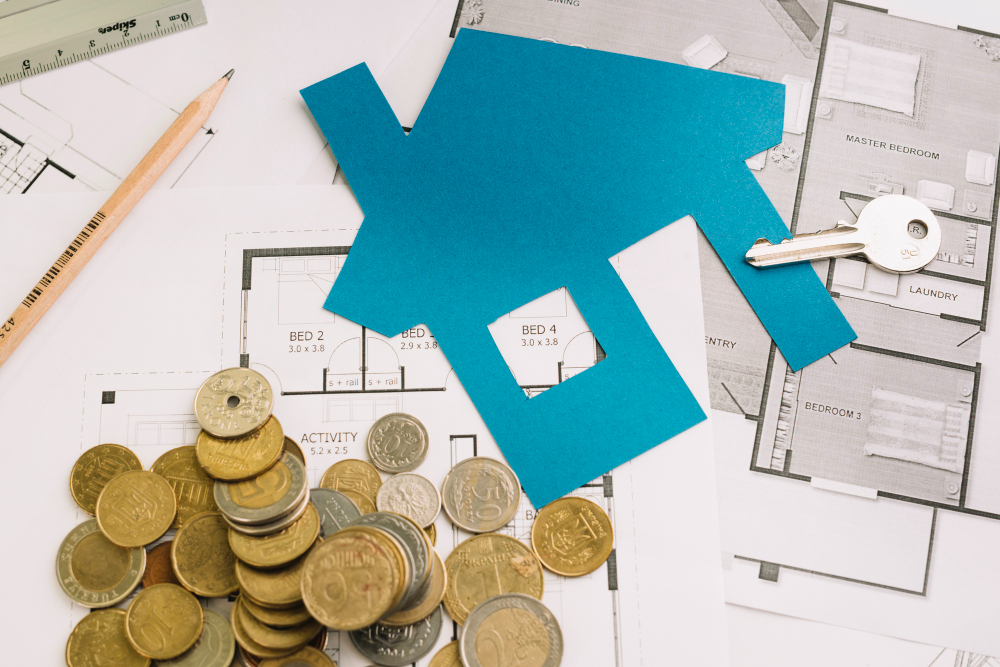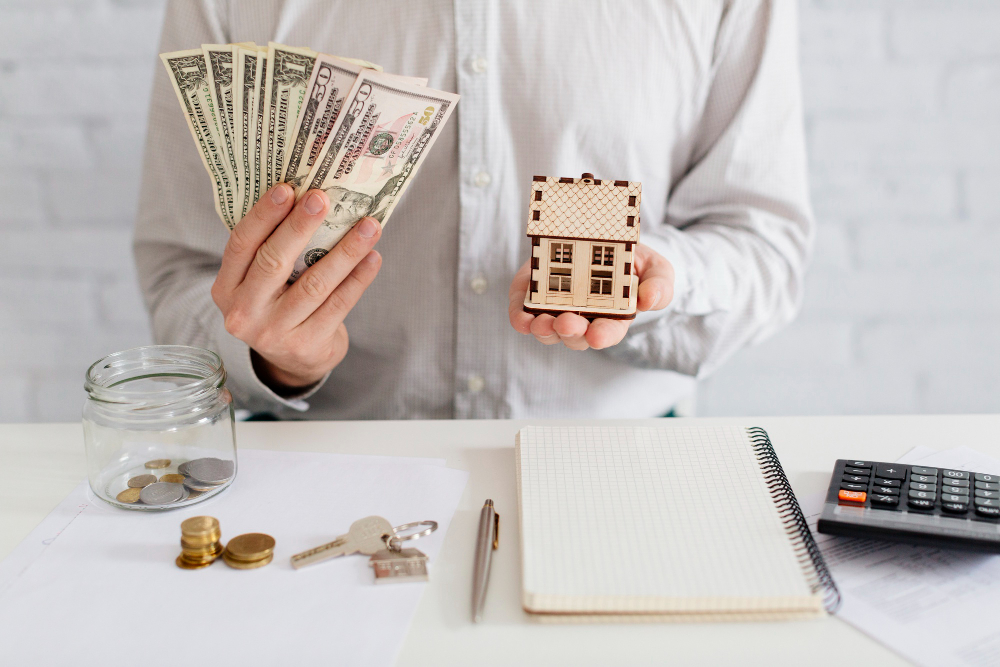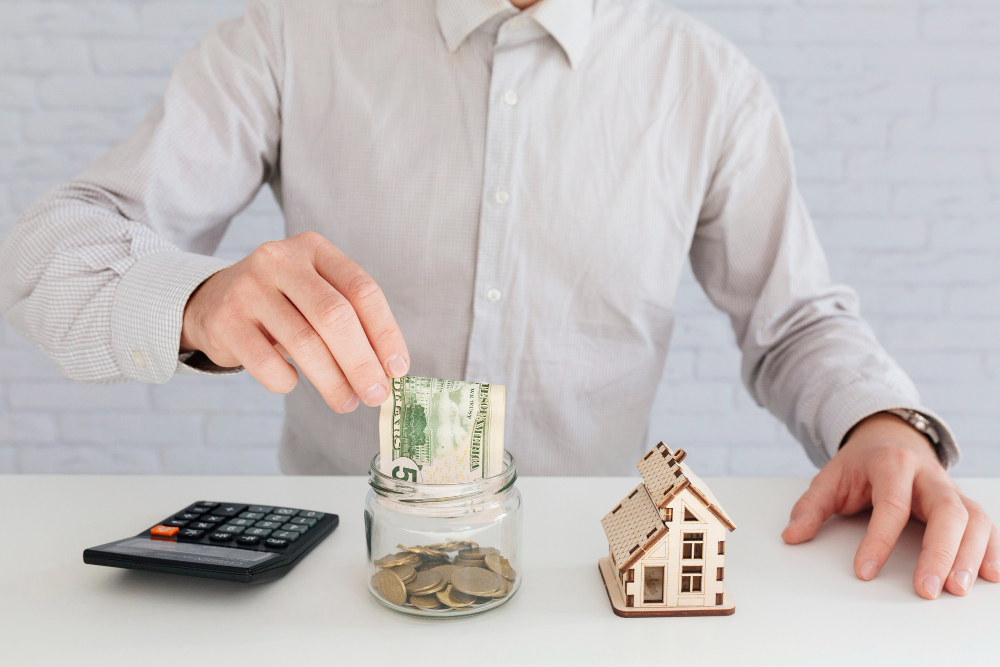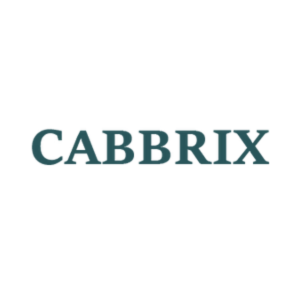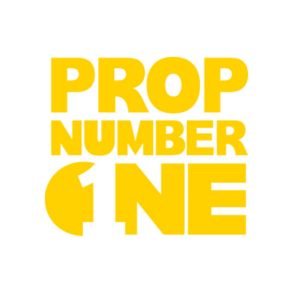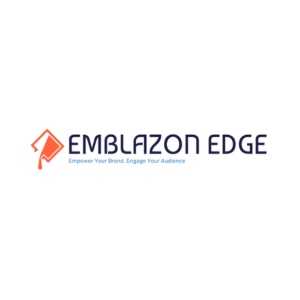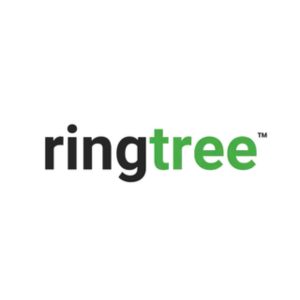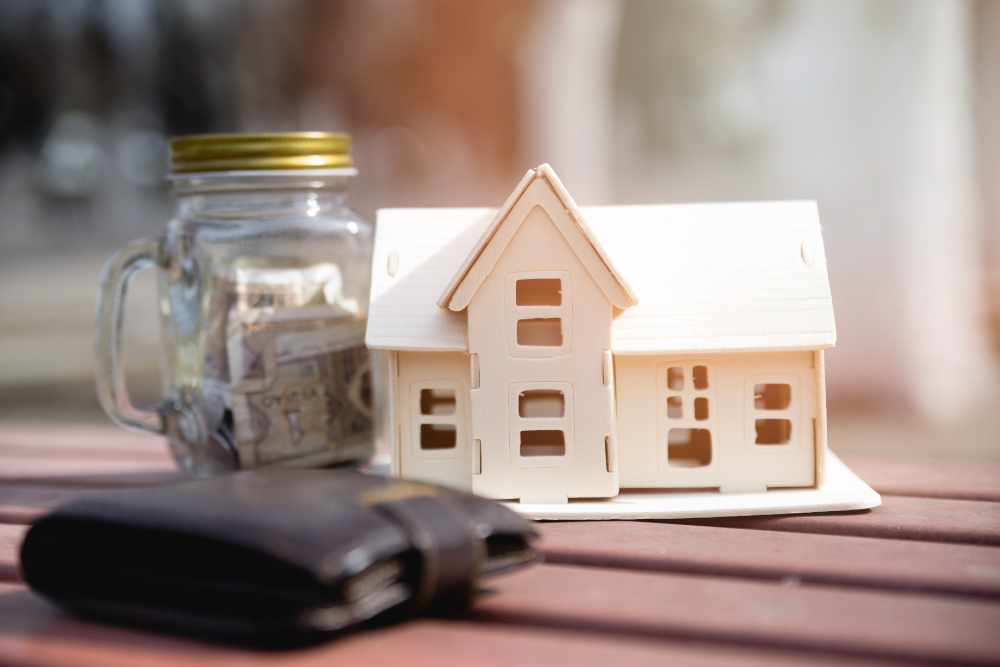
Top 10 Mistakes to Avoid When Saving for a Down Payment
How to Save for a Down Payment on a House: The Importance.
Saving for a house is not just about having a place to call your own; it’s about creating financial security and achieving a significant life milestone. A house serves as both a home and an investment, offering the dual benefits of stability and equity growth over time. Unlike renting, how to save for a down payment on a house, owning a home allows you to build wealth while enjoying a sense of permanence.
A clear savings plan also prepares you for the financial responsibilities of homeownership. From mortgage payments to maintenance costs, being financially prepared reduces stress and ensures you can sustain your investment in the long term. Recognizing the importance of this goal helps you stay motivated and disciplined throughout the savings journey.
How to Saving for a Down Payment on a House:
Knowing how to save for a down payment on a house is crucial for turning your dream into reality. Here’s how to set up a strategy that works:
Set a Clear Target
Start by determining the amount you’ll need. A down payment usually ranges from 5%–20% of a home’s price, depending on your financing options. Research property values in your desired area and include associated costs like legal fees, taxes, and inspections in your goal.Prioritize Budgeting
A detailed budget is essential. Analyze your monthly income and expenses to identify areas where you can cut back. Funnel those savings directly into a separate account dedicated to your down payment.Take Advantage of Savings Tools
Consider automated savings tools or apps that help you save consistently. Setting up automatic transfers to a high-interest savings account ensures you build your fund steadily and efficiently.Cut Unnecessary Expenses
Evaluate discretionary spending, such as dining out or subscription services. Every dollar saved here brings you closer to your goal. Small sacrifices today can make a significant difference over time.Seek Additional Income Streams
If possible, explore part-time work, freelancing, or monetizing a hobby to boost your savings. Every extra dollar earned accelerates your progress.
Sticking to a well-planned strategy not only brings you closer to homeownership but also builds financial discipline that will serve you well as a homeowner.
Not Having a Clear Savings Goal
Why You Need a Specific Target for Your Down Payment
Having a clear target for your down payment is essential for building a focused and actionable savings plan. Without a defined goal, it’s easy to lose track of progress or underestimate the amount needed, which can delay your path to homeownership. Knowing exactly how much to save allows you to set realistic expectations, prioritize your spending, and avoid surprises during the home-buying process.
A specific target also helps you determine the type of mortgage you can qualify for. A larger down payment can reduce monthly payments, eliminate private mortgage insurance (PMI), and even secure a lower interest rate. On the other hand, falling short of your target could mean higher borrowing costs or needing additional time to save. Setting a well-defined savings goal ensures you’re financially prepared and confident when the time comes to buy your home.
Estimating Costs: Determining How Much You Need
Accurately estimating the amount needed for your down payment is crucial when learning how to save for a down payment on a house. Start by researching property prices in the area where you plan to buy. The required down payment typically ranges from 5% to 20% of the home’s price, depending on the type of mortgage and lender requirements. For instance, a $400,000 home may require a down payment between $20,000 and $80,000.
Beyond the down payment, consider other expenses like closing costs, property taxes, and initial maintenance or furnishing costs. Many experts recommend saving an additional 3%–5% of the home’s price to cover these expenses.
Having a clear understanding of your total financial commitment helps you create a more accurate savings plan. It also ensures you’re fully prepared for both the initial purchase and the ongoing financial responsibilities of owning a home. With these numbers in hand, you can develop a timeline and strategy to achieve your savings goal efficiently.
Overlooking Budgeting for Other Costs
Beyond the Down Payment: Accounting for Closing Costs and Moving Expenses
When saving for a house, many focus solely on the down payment, overlooking other significant expenses. Closing costs, for example, can range from 2% to 5% of the home’s purchase price. These costs include fees for appraisals, home inspections, title insurance, and legal services, among others. Failing to plan for these additional expenses can lead to financial stress just as you’re finalizing your purchase.
Moving expenses are another crucial factor. Tips for saving for a down payment Depending on the distance and the volume of belongings, moving costs can add up quickly. Hiring professional movers, renting a truck, or purchasing packing supplies can all impact your budget. Furthermore, you may need to budget for utility setups, minor renovations, or furniture for your new home.
How to Save for a Down Payment on a House Without Ignoring Additional Fees
When considering how to save for a down payment on a house, it’s essential to account for related costs that might catch you off guard. Start by including an estimated amount for closing costs and moving expenses in your overall savings goal. For instance, if your target down payment is $30,000 and closing costs are expected to be $7,000, aim to save $37,000 to cover both.
To ensure these additional fees don’t derail your savings, create a detailed budget that allocates specific amounts toward each category. Use a high-yield savings account or similar tools to help your funds grow while you save. Down payment savings plan Additionally, track any opportunities to reduce costs, such as negotiating with service providers or opting for DIY solutions when moving.
Delaying Your Savings Plan
Starting Early: The Key to Staying Ahead
When it comes to how to save for a down payment on a house, starting early is one of the most critical steps. The earlier you begin, the more time you have to accumulate savings and benefit from compounding interest. Waiting too long often leads to unnecessary stress, rushed decisions, or even postponing your homeownership goals.
Starting early also allows you to take advantage of smaller, more consistent contributions rather than scrambling to save large amounts in a short period. By spreading your savings over a longer timeframe, you can avoid major lifestyle sacrifices while still building the funds needed for your dream home.
Additionally, beginning early provides the flexibility to adapt if unexpected financial challenges arise. Whether it's a change in income or an emergency expense, an early start ensures you’re better prepared to stay on track toward your savings goals.
Strategies to Kickstart Your Savings Journey
Getting started with your savings journey requires a clear plan and consistent effort. Here are practical strategies to put you on the right path:
Set Specific Goals
Define the exact amount you need for your down payment. Knowing your target gives you a concrete goal to work toward, keeping your efforts focused and purposeful.Track Your Expenses
Understanding where your money goes is the foundation of saving effectively. Use budgeting tools or apps to monitor spending and identify areas where you can cut back. Redirect these savings directly to your down payment fund.Start Small, Then Scale Up
Begin by saving a manageable amount each month, even if it feels modest. As your income grows or expenses decrease, increase your contributions to accelerate your progress.Leverage High-Interest Savings Accounts
Consider depositing your funds into a high-interest savings account or a money market account. These options offer better returns compared to traditional accounts, helping your savings grow faster.Explore Side Hustles
Earning additional income through freelance work, part-time jobs, or selling unused items can provide an extra boost to your savings. Dedicate this income entirely to your down payment fund.Take Advantage of Employer Programs
Some employers offer savings plans or bonuses that can be allocated toward personal goals. Look into any programs available to you and make the most of them.
By implementing these strategies, you can create momentum and build a solid foundation for your down payment savings journey. Remember, the key is consistency and maintaining focus on your long-term goal.
Underestimating the Power of Budgeting
How a Detailed Budget Helps You Save Faster
A detailed budget is one of the most powerful tools in your home-buying journey. By mapping out your income, expenses, and savings goals, you gain a clear picture of where your money is going each month. With this clarity, it becomes easier to allocate more funds toward your down payment while minimizing unnecessary spending.
Creating a budget forces you to prioritize your goals, ensuring that saving for a down payment on a house remains a top priority. It helps you identify areas where you can cut back, whether it's reducing discretionary spending like dining out or postponing larger purchases. By tracking every dollar, you'll not only stay on course but potentially reach your goal faster by finding ways to save that you hadn't considered before.
Common Budgeting Pitfalls and How to Avoid Them
While budgeting is an effective strategy, it’s easy to fall into a few common traps. The most significant pitfall is underestimating your expenses, particularly hidden ones like monthly subscriptions, insurance premiums, or unexpected repairs. If you don’t account for these, your budget will be skewed, and you may find yourself falling short of your down payment savings target.
Another common mistake is being overly rigid. While it's important to stay committed to your savings, life happens. It's essential to build flexibility into your budget to accommodate any changes in your income or expenses. Allowing room for some flexibility ensures that your budget can adapt without derailing your progress.
Ignoring High-Interest Debt
Paying Down Debt While Saving for a Home
When you're saving for a down payment on a house, managing existing debt becomes a crucial factor in your financial strategy. High-interest debts, such as credit card balances or personal loans, can drain your resources and slow down your ability to save effectively. If you find yourself in this situation, it's important to prioritize paying down debt while still working toward your homeownership goal.
Start by tackling high-interest debts first. The sooner you pay them off, the less money you'll lose to interest payments, freeing up more cash to allocate toward your savings. At the same time, try to maintain a balance by making regular contributions to your down payment fund. Even if you can only contribute a small amount, consistency is key to staying on track.
One effective approach is to create a debt repayment plan that works alongside your down payment savings plan. This allows you to gradually pay down your debt while still keeping your focus on your home purchase goals. With discipline and a clear strategy, you can reduce your debt burden without delaying your dream of homeownership.
Balancing Debt Repayment and How to Save for a Down Payment on a House
Balancing debt repayment with saving for a down payment can be challenging, but it's entirely possible with the right approach. The key is finding a middle ground where you address both needs without sacrificing one for the other.
First, assess your total debt load and consider consolidating or refinancing options to lower interest rates and simplify your payments. This can reduce the time and money spent on servicing debt, allowing you to redirect more funds toward saving for a down payment.
Next, look for ways to increase your income, such as taking on a part-time job or freelancing. This extra income can be used to accelerate both debt repayment and savings. It's also essential to track your spending and identify areas where you can cut back, such as dining out or entertainment, so you can allocate those savings to your down payment fund.
By managing debt wisely while consistently saving, you'll not only improve your credit score, which is crucial for securing a mortgage, but also strengthen your overall financial position. Keeping a balance between paying down debt and saving for a home ensures that you're making progress on both fronts, bringing you closer to homeownership without compromising your financial health.
Neglecting a Dedicated Savings Account
Why You Need a Separate Account for Your Home Savings
One of the most effective ways to stay on track when saving for a down payment on a house is by setting up a dedicated savings account. This ensures that your down payment funds are distinct from your day-to-day spending and other savings goals. Having a separate account helps you resist the temptation to dip into these funds for non-essentials and allows you to track progress more easily. Additionally, it simplifies budgeting by giving you a clear view of how much you’ve saved and how much more you need to reach your goal.
By keeping your home savings in a separate account, you’ll also avoid accidentally spending money meant for your future home. This method provides a sense of financial discipline, helping you focus on your down payment target. It also gives you peace of mind knowing that the money is there when it’s time to make an offer.
Best Accounts to Maximize Your Savings
When saving for a down payment on a house, choosing the right type of account can make a significant difference in how quickly your savings grow. Here are some of the best accounts to consider:
High-Yield Savings Accounts
A high-yield savings account offers a higher interest rate than a traditional savings account, helping your savings grow faster without taking on risk. Many online banks offer these accounts, often with competitive rates and low fees, making them ideal for saving for a home.Certificates of Deposit (CDs)
If you’re saving for the long term and can afford to leave your money untouched for a while, a Certificate of Deposit (CD) might be a good option. It offers a fixed interest rate for a set term, typically ranging from six months to five years. While you won’t have immediate access to your funds, the higher interest rates make it a solid choice for growing your savings.Money Market Accounts
Money market accounts are another solid option that typically offers higher interest rates than regular savings accounts. These accounts often come with additional perks, such as check-writing privileges and ATM access, but may require a higher minimum balance.Roth IRA (First-Time Homebuyer Option)
If you qualify as a first-time homebuyer, a Roth IRA can be a powerful tool for saving for a down payment. While traditionally used for retirement, a Roth IRA allows you to withdraw up to $10,000 in earnings without penalty if the money is used for a first-time home purchase. This strategy can help you maximize your savings potential.
Choosing the right account depends on your timeline, savings goals, and risk tolerance. By selecting an account that aligns with your financial plan, you can make the most of your savings efforts as you work toward homeownership.
Over-relying on Credit or Loans
Why Borrowing for a Down Payment Is Risky
Borrowing money to cover your down payment might seem like a quick solution, but it can introduce unnecessary financial risks. While it may enable you to buy a house sooner, it also means you are starting with additional debt right from the beginning. This extra loan is typically not factored into your mortgage, which can lead to higher monthly payments, more interest, and an increased risk of becoming financially stretched.
Lenders usually prefer buyers who can demonstrate their ability to save for a down payment, as it shows financial discipline and a stable financial outlook. Relying on borrowed funds for your down payment undermines this demonstration of financial responsibility, potentially hurting your chances of securing a mortgage. Moreover, the pressure of repaying multiple debts can limit your ability to manage homeownership costs effectively, such as repairs, utilities, and property taxes.
Building Financial Discipline Through Saving
Saving for a down payment on a house isn’t just about reaching a financial goal; it’s an opportunity to build essential financial discipline. By committing to saving regularly, you’re learning how to manage your income, set priorities, and make sacrifices in the short term for long-term stability. The process of consistently putting money aside each month forces you to evaluate your spending habits and assess your true financial needs versus wants.
Financial discipline gained through saving helps you establish a solid foundation when it comes to other aspects of homeownership. You’ll be better prepared for unexpected expenses, emergencies, and necessary maintenance. Furthermore, this habit of saving can be extended to other important goals in life, ensuring that you maintain a balanced approach to your financial well-being long after you've purchased your home. By prioritizing savings and resisting the urge to borrow, you're positioning yourself for a secure future both as a homeowner and in your broader financial life.
Failing to Explore Assistance Programs
Grants and Loans for First-Time Buyers: What’s Available?
When it comes to saving for a down payment on a house, first-time homebuyers have access to several financial assistance programs designed to make homeownership more achievable. These programs include grants, loans, and subsidies that can help reduce the upfront costs of purchasing a home. Many of these options are government-sponsored or provided through local financial institutions, offering either no-interest loans or grants that don’t need to be repaid.
For example, the First-Time Home Buyer Incentive (FTHBI) in Canada provides a shared equity loan, which reduces the amount of your mortgage and helps lower monthly payments. Similarly, the U.S. offers programs like the Federal Housing Administration (FHA) loans, which allow lower down payments, and state-based grants for first-time buyers that can cover the down payment or closing costs. Other organizations offer specific programs for veterans or low-income buyers, making homeownership more accessible.
How These Programs Can Help You Save for a Down Payment on a House
These grants and loans can be instrumental in reducing the financial burden of saving for a down payment on a house. By accessing assistance programs, you can lower the initial amount you need to save, allowing you to focus your efforts on other financial goals. For instance, with a shared equity loan or down payment assistance grant, you may only need to cover a portion of the down payment, which can speed up your timeline toward homeownership.
Additionally, programs like the FHA loan or local government incentives typically offer more favorable terms, such as lower interest rates and smaller monthly payments, which can ease your overall budget. This means you can put more of your monthly savings toward the house itself rather than worrying about high-interest loans. By taking advantage of these resources, you can accelerate the savings process and avoid financial setbacks while working toward your goal of buying a home.
Skipping Financial Planning and Advice
The Role of Financial Advisors in Your Savings Journey
A financial advisor can be an invaluable asset when saving for a down payment on a house. Their expertise helps you create a personalized savings plan, manage investments, and optimize your budget to meet your homeownership goals. Advisors can assist in evaluating your current financial situation, including income, debt, and spending habits, and offer advice on how to prioritize saving for your down payment.
Moreover, they can guide you through various mortgage options, interest rates, and loan programs, helping you choose the best one for your long-term financial health. By working with a financial advisor, you ensure that you’re on the right track and avoid common mistakes such as overextending your budget or mismanaging your debt-to-income ratio.
Having an advisor in your corner means you’re not navigating the complexities of homeownership alone. They can provide clarity on market trends and make suggestions for investment strategies, ensuring that your savings grow effectively over time.
Tools and Resources to Keep You on Track
Keeping your savings on track requires the right tools and resources. Numerous budgeting apps and online calculators can help you plan and track your progress toward your down payment goal. For example, apps like Mint or YNAB (You Need A Budget) allow you to create a detailed budget, categorize your expenses, and set savings goals. These tools help you stay accountable and make informed decisions about your spending habits.
Additionally, online down payment calculators can give you a clearer idea of how much you need to save, factoring in your target home price, loan type, and down payment percentage. Many banks and financial institutions also offer educational resources on their websites, including guides on saving for a down payment, tips for first-time homebuyers, and insight into different loan programs.
Setting up automatic transfers into a dedicated savings account is another resourceful way to stay disciplined. Automating this process eliminates the chance of spending funds that were meant for your home purchase. Finally, don't forget to tap into local and national homebuyer assistance programs. These resources often offer grants or low-interest loans to help with your down payment, especially for first-time homebuyers. By using these tools and resources, you’ll have a comprehensive strategy that keeps you motivated and on course to achieving homeownership.
Giving in to Lifestyle Inflation
Avoiding Unnecessary Expenses While Saving
When saving for a down payment on a house, it's easy to get sidetracked by spending on non-essential items. Small, frequent purchases can add up over time, making it harder to reach your savings target. To stay on track, identify areas in your budget where you can cut back. Start by reviewing your daily, weekly, and monthly expenses—things like dining out, subscriptions, or impulse purchases at retail stores. These are areas where you can easily save a significant amount without impacting your overall lifestyle.
Instead of buying that expensive cup of coffee every morning or signing up for the latest subscription service, put that money directly into your down payment fund. These seemingly minor sacrifices can accumulate over time, helping you build up your savings faster than expected.
Additionally, when planning your budget, prioritize essentials like housing, transportation, and utilities, while placing non-essentials lower on your spending list. Creating a more intentional spending plan will make it easier to save for a down payment on a house while keeping your finances in check.
Staying Focused on Your Homeownership Goals
Staying focused on the goal of homeownership is critical when saving for a down payment. It's easy to get distracted by short-term desires or lifestyle upgrades that aren't aligned with your goal. Whether it's buying the latest tech gadget or going on an expensive vacation, these distractions can derail your savings plan. To stay motivated, keep your homeownership goal front and center. Remind yourself regularly why you're saving for a house: the financial security, stability, and long-term investment it offers.
Tracking your progress can also keep you engaged and motivated. Set milestones along the way, such as reaching a certain savings amount each month or year, and celebrate those achievements, no matter how small. Additionally, avoid comparing your progress to others. Everyone's journey to homeownership is different, and it's important to stick to your timeline and plan. Maintaining your focus on the bigger picture ensures you remain disciplined and committed to saving for your down payment, no matter the obstacles that come your way.
Conclusion
Recap: Avoiding Mistakes to Save Effectively
To save effectively for a down payment on a house, it’s crucial to stay mindful of common mistakes that can derail your efforts. First, failing to set a clear goal can leave you directionless. Without knowing exactly how much you need, it’s easy to lose focus. Next, neglecting to track your progress or adjust your savings plan can result in delays. Ensure your savings are growing consistently by monitoring your accounts and making necessary changes along the way.
Also, ignoring your budget can make it difficult to prioritize saving. Allocate a portion of your income directly to your down payment savings and treat it as a non-negotiable expense. Avoid dipping into those funds for non-essential purchases. Finally, not being patient can cause frustration. Homeownership is a long-term goal, and progress might seem slow at times, but staying the course will ultimately pay off.
Staying Committed to How to Save for a Down Payment on a House
Staying committed to saving for a down payment requires perseverance and discipline. One of the best ways to maintain focus is to break your savings goal into smaller, achievable milestones. By celebrating small victories, like hitting a monthly savings target, you’ll stay motivated. Another important factor is consistency—automate your savings as much as possible to avoid the temptation of spending that money elsewhere.
If your financial situation changes, don’t give up on your goal. Instead, adjust your strategy. Perhaps you’ll need to save more aggressively or explore alternative ways to generate extra income. Keep your eyes on the prize and remember that every dollar saved brings you one step closer to homeownership. Staying committed means remaining flexible, staying organized, and continuing to make steady progress, even if you hit a bump along the way.
